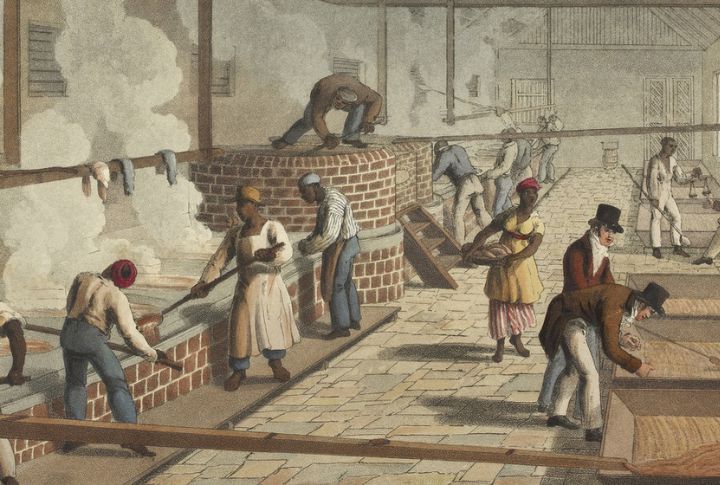
Millions were stolen, sold, and silenced—yet the full weight of the transatlantic slave trade often remains buried. Beneath overlooked textbooks and missing monuments lies a story of global profit and fierce resistance. These 10 essential facts reveal the hidden forces that continue to shape lives.
The Largest Forced Migration In History
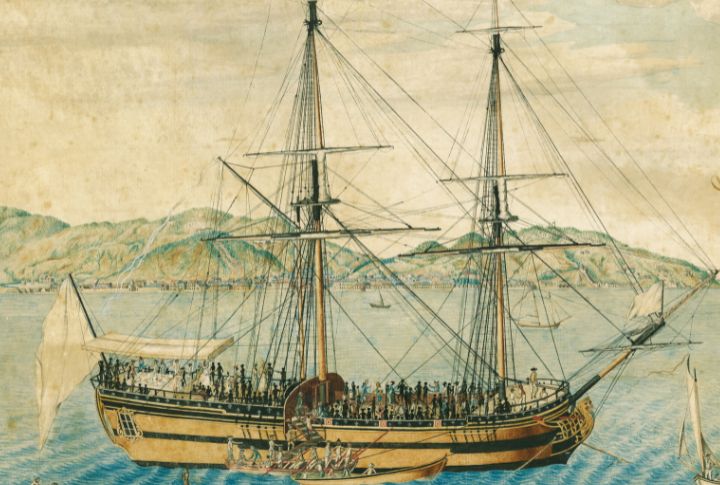
Over 12.5 million Africans were forcibly taken from their homes between the 1500s and 1800s and shipped across the Atlantic. About 10.7 million survived the journey. Mortality rates on some slave ships exceeded 20%, making the Middle Passage one of the most lethal episodes in maritime history.
The Major Players Who Profited From Slavery
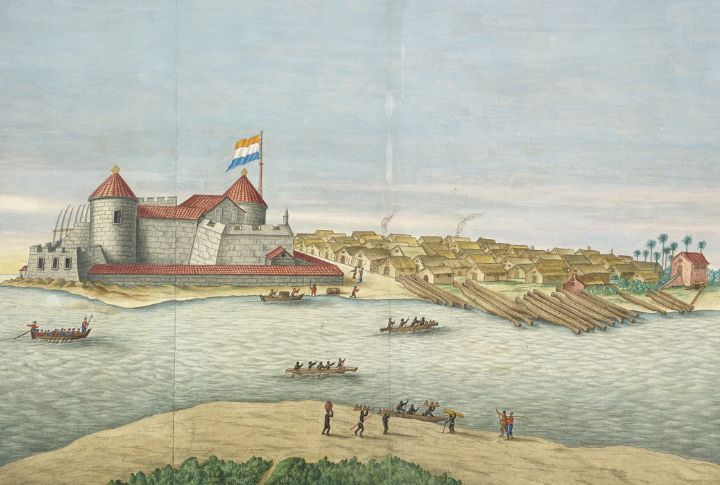
European powers such as Portugal, Britain, Spain, and France played central roles in the transatlantic slave trade. The U.S. also profited, particularly through agriculture reliant on enslaved labor. Financial institutions and some insurance firms still reflect gains rooted in slavery’s economic system.
African Resistance
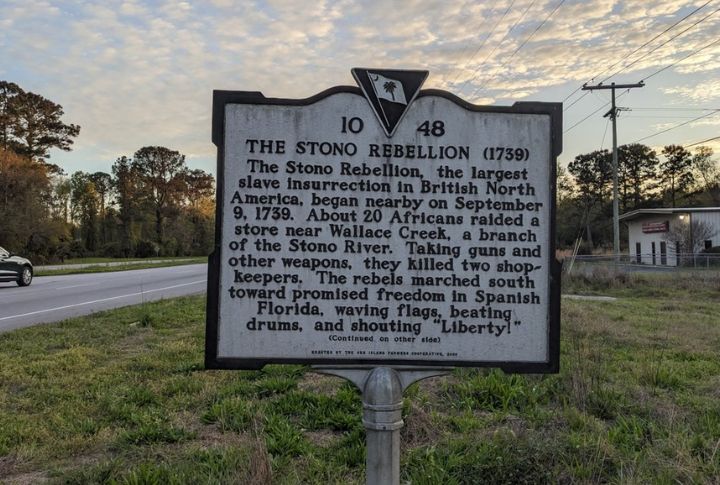
Despite brutal conditions, enslaved Africans fought back through rebellion, and some even managed to escape. Notable uprisings included the Stono Rebellion of 1739 and the Haitian Revolution, which spanned 13 years. Maroon settlements—founded by those who fled enslavement stood as symbols of survival and resistance.
The Middle Passage
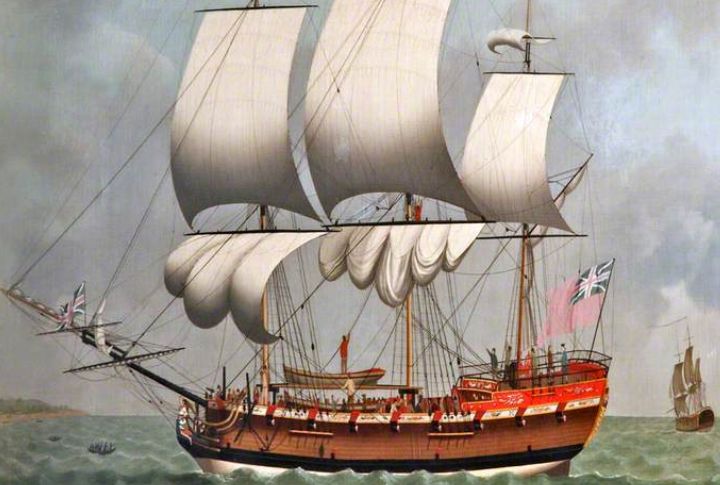
The trip across the Atlantic was pure horror for the captives. People were packed so tightly they couldn’t move for weeks, and, as a result, diseases spread fast. Food was so scarce that some desperate prisoners jumped overboard. That journey, also known as the Middle Passage, was a deadly ordeal no human should ever face.
Human Lives Sold Like Goods At Slave Auctions
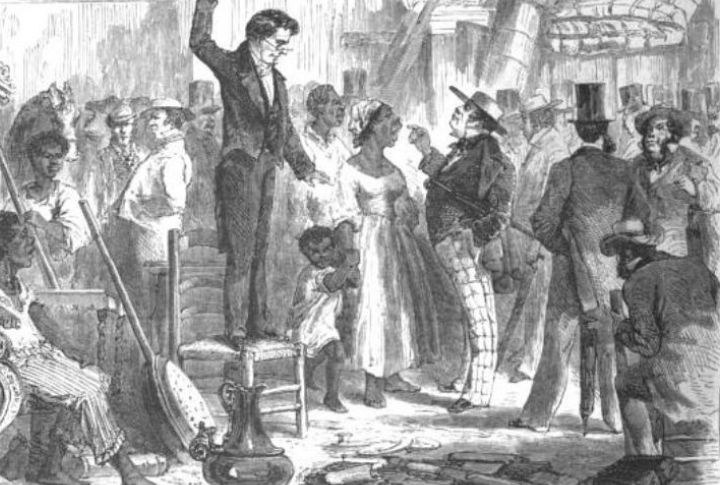
To grasp the brutality of slavery, look at the auctions. Enslaved Africans were sold publicly, often without clothing, to display strength. Families were separated and then sold to different buyers. Shockingly, some were used as loan collateral and treated not as people but as financial assets.
The Role Of African Kingdoms In The Slave Trade
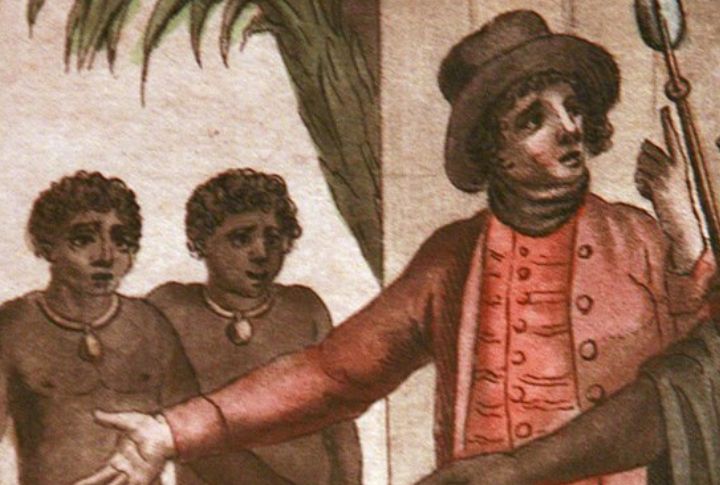
African participation in the transatlantic slave trade varied. Kingdoms such as Dahomey and Ashanti engaged in capturing and selling enslaved individuals. While some leaders opposed European encroachment, others pursued the trade to enhance political control. This dynamic fostered conflict and societal disruption across the continent.
The Slave Trade Shaped America’s Economy
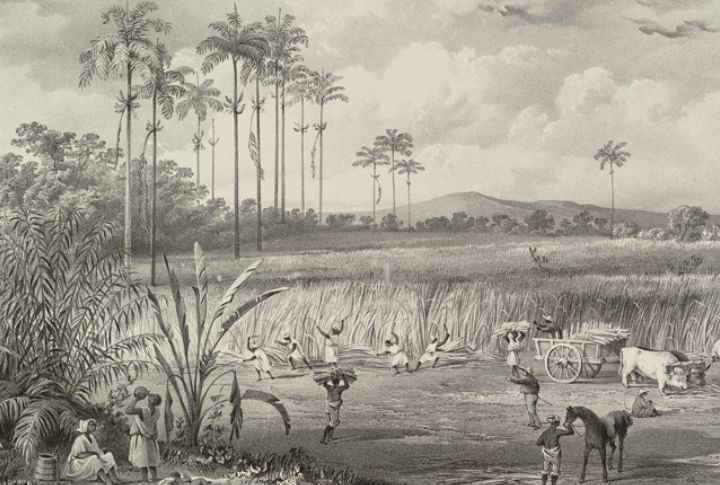
America’s early wealth was built on slavery. Plantations like cotton, tobacco, sugar, etc., relied on enslaved labor to generate billions in today’s dollars. Financial institutions, including those linked to Wall Street, also invested directly in slavery-related industries. This embedded human exploitation into the foundations of U.S. capitalism.
The Abolition Movement
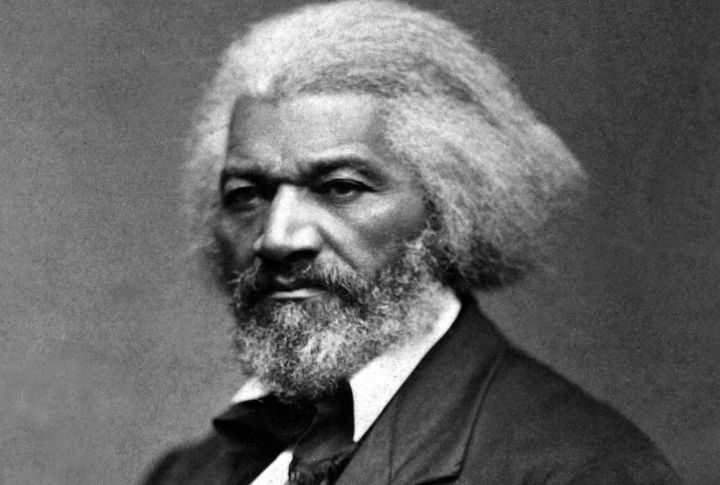
Ending slavery didn’t happen overnight. Britain banned it in 1807, and others followed. In the U.S., it finally ended in 1865 with the 13th Amendment. Some of the most powerful voices for freedom were people like Frederick Douglass, who had once lived through slavery themselves.
The Transatlantic Slave Trade In Today’s Society
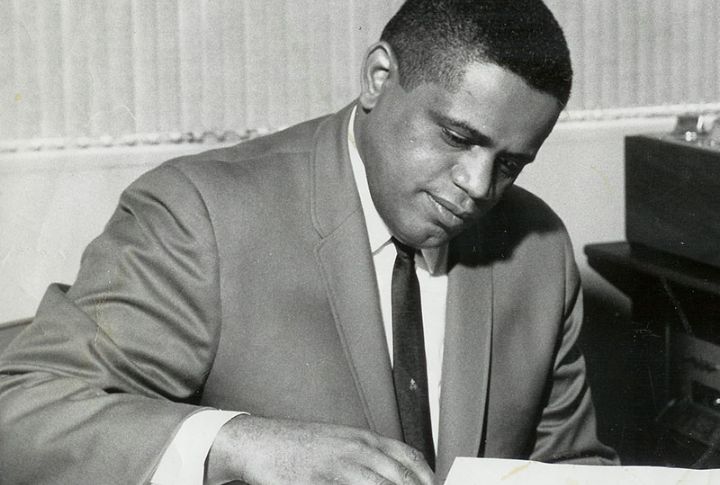
Systemic racism and economic inequality in many countries stem from the slave trade’s legacy. African-descended populations continue to face generational wealth gaps, among other obstacles. Yet, African cultural influence remains strong, shaping food, music, and fashion despite centuries of oppression and exclusion.
Uncovering Hidden Histories And Why The Slave Trade Is Still Understudied
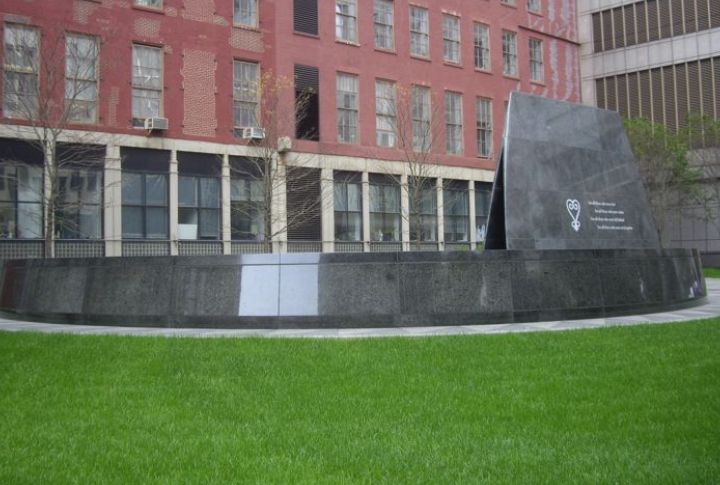
To fully understand the slave trade, more needs to be taught. Many schools still omit key facts. Some nations also avoid confronting their past roles, which influences how the story is told. Meanwhile, archaeologists and historians continue to uncover new records, like burial sites, that help complete the picture.

